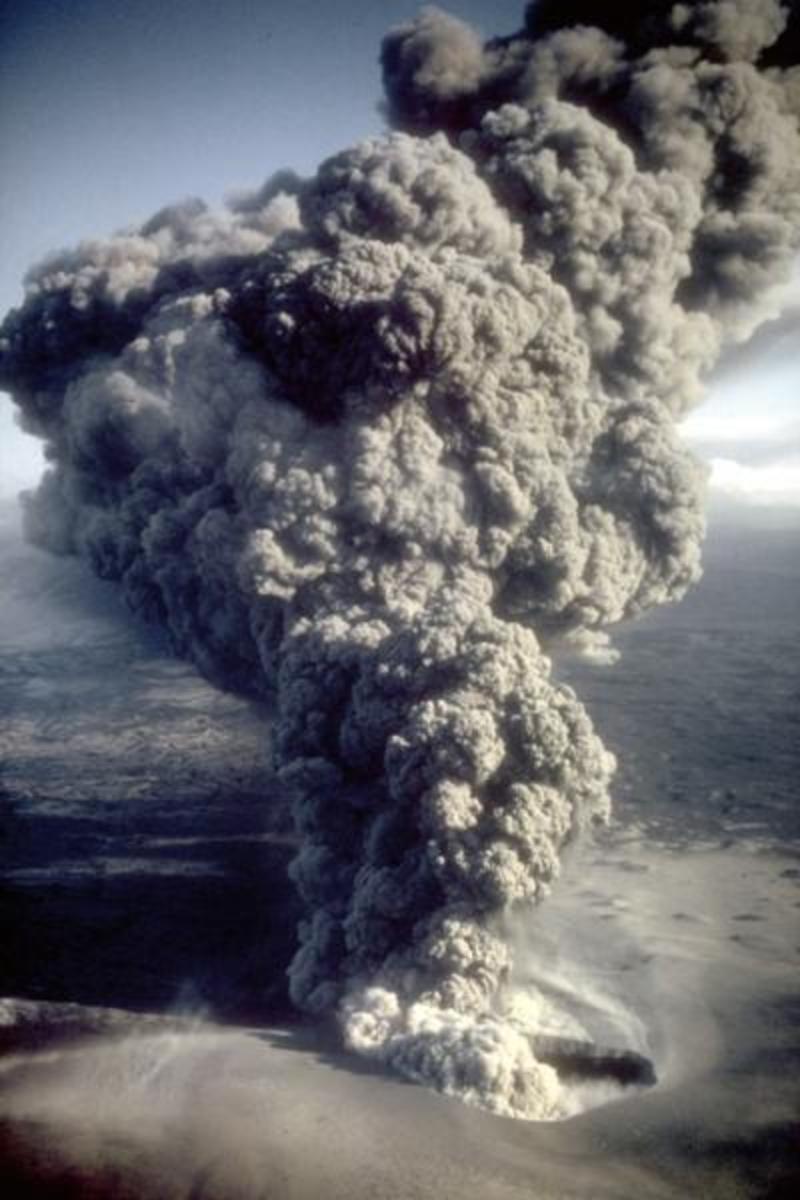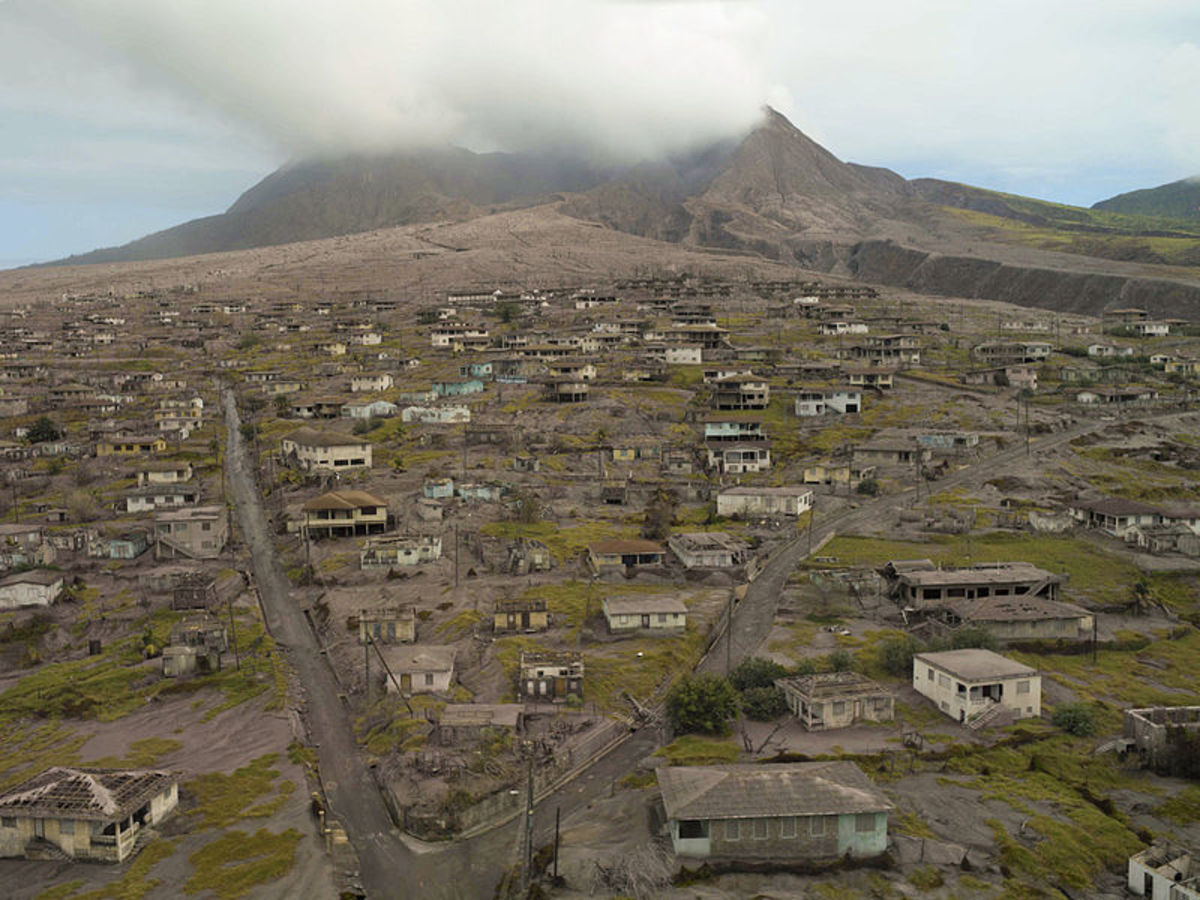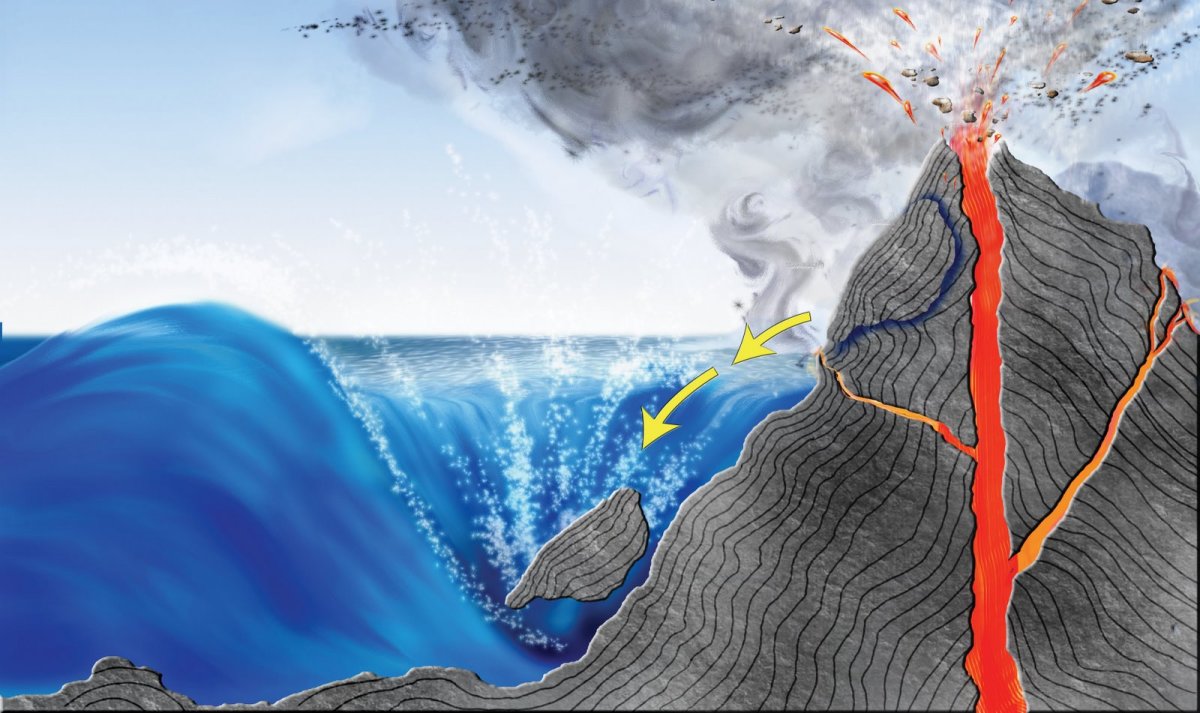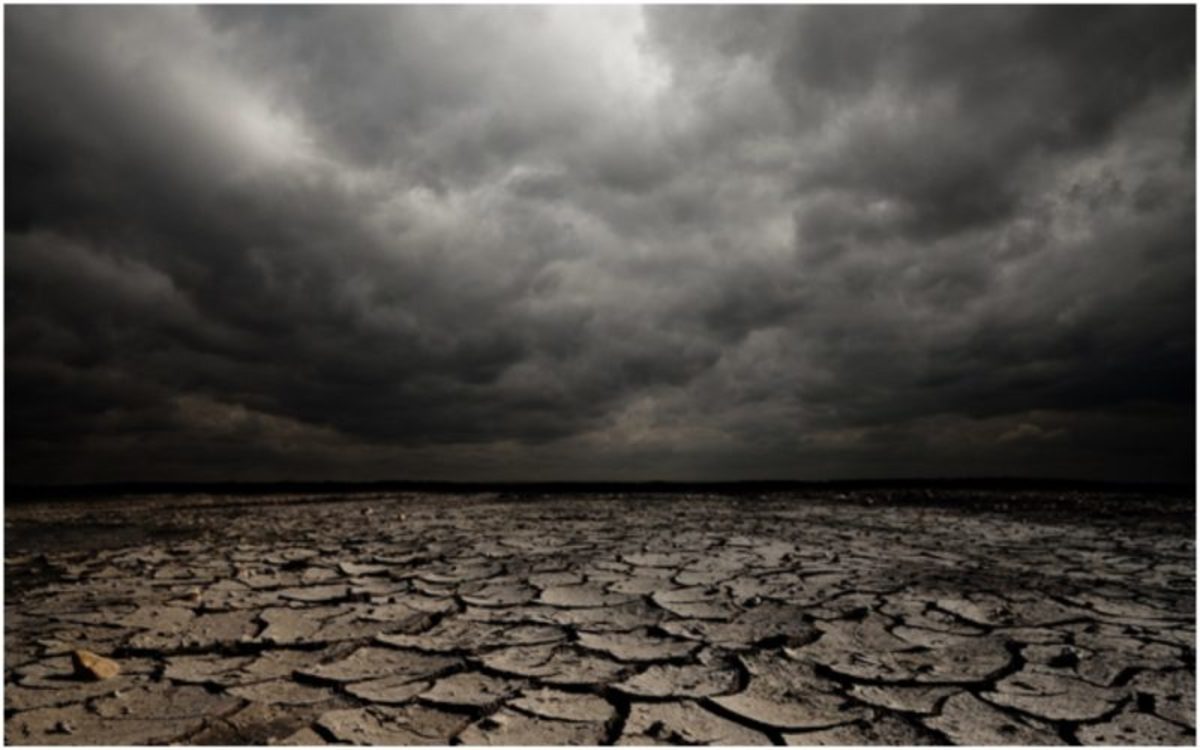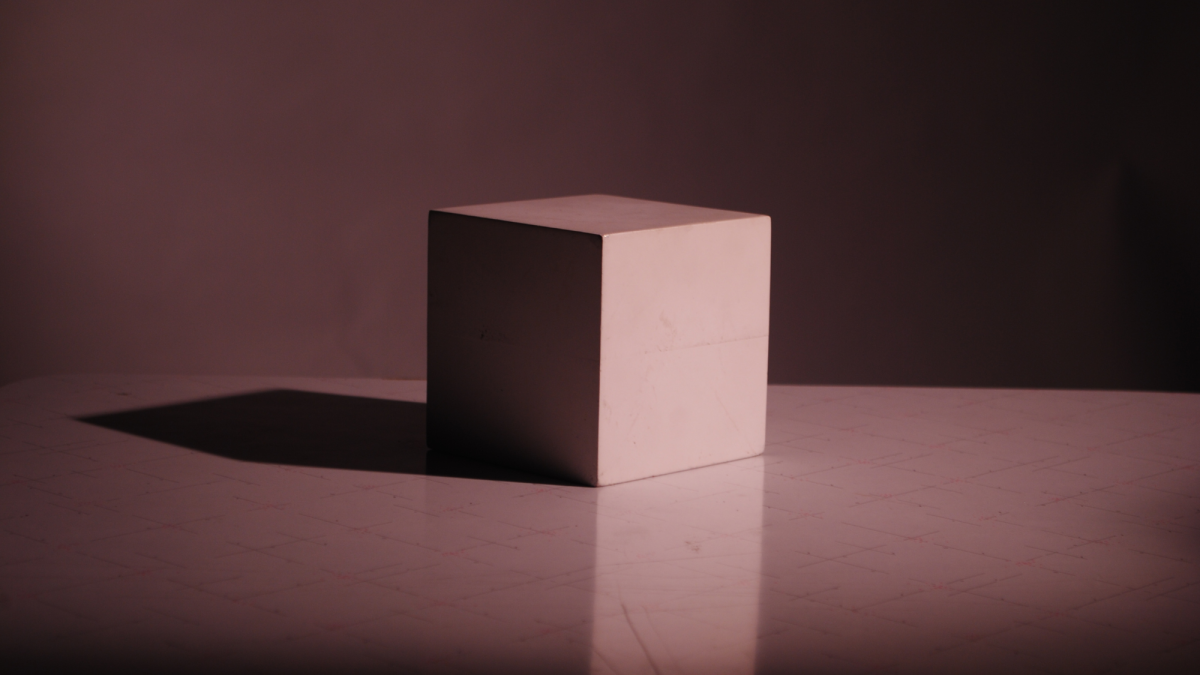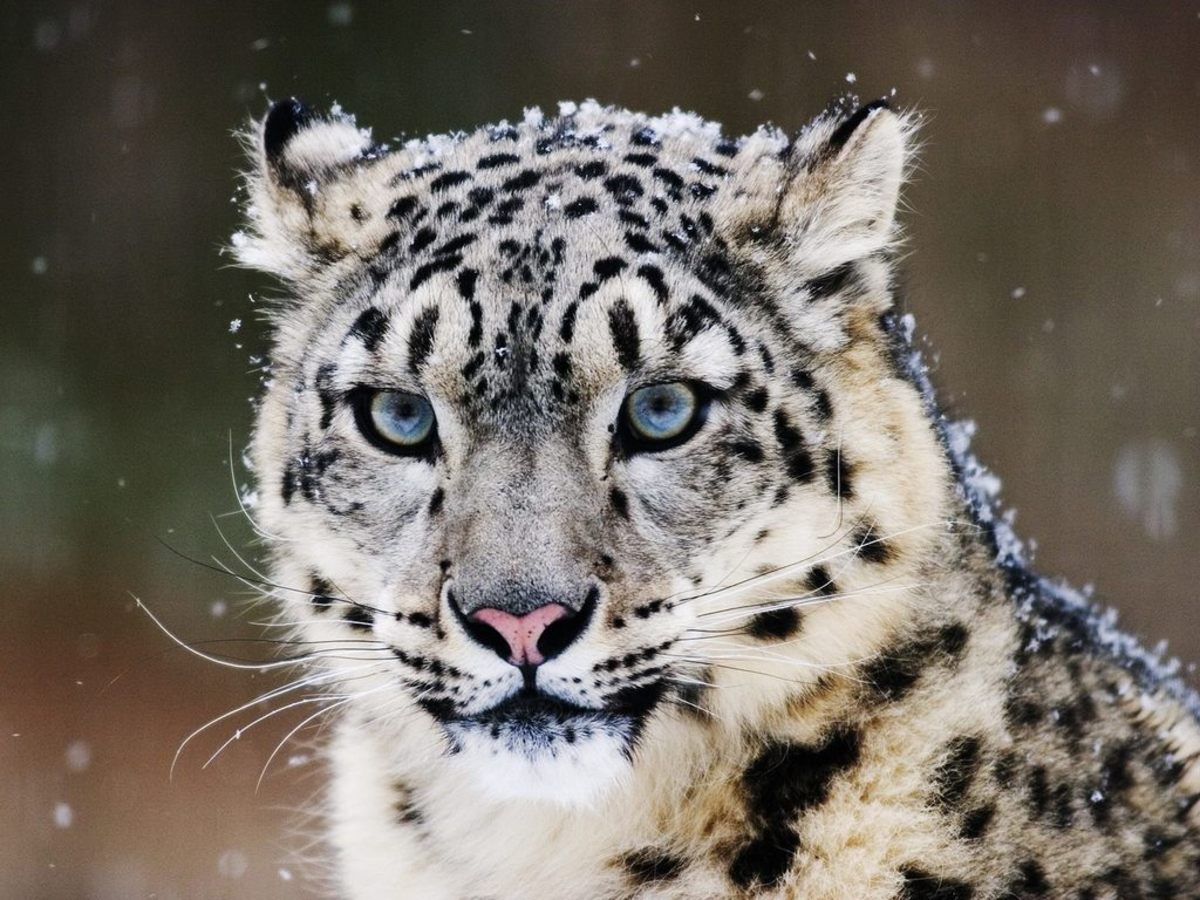Famous Volcanoes in History

Volcanic Eruptions That Shook the World
Volcanoes have caused major disruption and destruction throughout human history. We know their names, we marvel at the ruins and stories they've left behind, we rebuild on the ashes of our ancestors, and we reap the benefits of fertile volcanic soil.
Historical volcanic eruptions are fascinating. They're also important to remember and tell stories about. Otherwise, our children may forget the lessons of the past, and pay the price.
It's human nature to grow complacent about natural disasters that don't happen very often. We need to realize that when a mountain awakens, it's time to get out of the way, lest we ourselves become history.
Mount St. Helens, Washington State, US - The Eruptions of 1980, 2004

Mount St. Helens' May 18th, 1980 eruption made history, spreading ash up to 22,000 miles and causing massive destruction up to 19 miles away -- or farther, in places where its superheated mudflows flooded local rivers.
The explosion turned vast swaths of forest into a lifeless moonscape. Within the first few miles, nothing survived the heat, the blast wave, and flying chunks of pulverized mountainside, glaciers seared to steam, shattered trees flung like toothpicks. Farther out, the choking ash clouds could still cook, kill, burn, while hurricane-force winds blew down mile after mile of forests. Beyond that, the ash kept falling, and lahars — mudflows the consistency of liquid concrete, several hundred degrees — flooded rivers, bulldozed buildings and bridges on their banks, and swept people and animals away.
And that was a small eruption. Most of the volcanic eruptions listed on this page are larger.
But that's not the end of the story! From October 2004 to January 2008, Mount St. Helens rumbled to life again in a minor series of eruptions that created a new lava dome within the crater of the 1980 eruption. They didn't do any damage, but they remind us that Mt. St. Helens, or her nearby neighbors, could cause havoc in the Pacific Northwest at any time.
Mount St. Helens Links:
Mount St. Helens: From the Ashes
A 20th Anniversary retrospective by Seattle Post-Intelligencer. Good introduction.
Mt. St. Helens: Past, Present and Future
Detailed description of eruption with photos on CVO's Mt St. Helens 30th Anniversary website.
Tons of information from Cascades Volcanoes Observatory, but a challenge to dig through.
Mount St. Helens National Volcanic Monument
National Park website including volcano cams, with lots of visitors' information.
Mt. St. Helens photo collection by CVO.
Life and Lessons in Blast Zone: Mount St. Helens 30 Years Later
News article in The Olympian on Mount St. Helens and the gradual return of plants and animals to the blast zone.
Mount St. Helens Videos:
Ancient Roman Painting of Mt. Vesuvius
Buy at AllPosters.com
On August 24, 79 AD, the mountain exploded in a type of eruption later known as Plinian, after Pliny the Younger's description: "its general appearance can best be expressed as being like an umbrella pine, for it rose to a great height on a sort of trunk and then split off into branches." By the next day, the towns of Pompeii, Herculaneum and many others had been buried in ash or even more fatal, incinerating pyroclastic flows.
Vesuvius and Pompeii Links:
Eyewitness account of 79 AD Eruption
Translation of Pliny the Younger's letters detailing the eruption that buried Pompeii.
Pompeii: Stories from an Eruption is an informative, well-written guide put together by a Chicago museum displaying artifacts from several of the buried towns.
Pompeii: Unraveling Ancient Mysteries
Good website for students on Vesuvius, Herculanium and Pompeii.
History and Eruptions of Mt. Vesuvius
Summary of eruptions from Roman times to present.
Current information on volcano. Also includes information on many eruptions before 79 AD.
Mount Vesuvius, Italy: Modern Danger
The threat to Naples and nearby towns.
Mount Vesuvius and Pompeii Videos:
Edvard Munch's "The Scream"
Buy at AllPosters.com
Volcanic ash in the atmosphere caused dramatic sunsets for several years. Edvard Munch's "The Scream" is thought to be partly inspired by these sunsets.
The volcano was actually called Krakatau or Krakatan by locals; "Krakatoa" was a European misspelling.
Krakatau Links:
Wild Indonesia: Birth of an Island
Great PBS site on Anak Krakatau, the "son of Krakatoa", as well as overview of 1883 eruption.
Several photos of 2009 eruption, timeline of recent and historic eruptions.
Detailed description of 1883 eruption, illustrated with etchings and eyewitness accounts.
Global Volcanism Program's Krakatau Updates
Reports on Anak Krakatau eruptions starting in 1972.
Detailed scientific information on the eruption.
Krakatoa, The Last Days Documentary
Scary made-for-tv movie dramatizing eyewitness accounts. PG-13, gripping but terrifying.
Video of Anak Krakatau ("Son of Krakatoa") Erupting in 2009:
(The music is a pop song I remember from my childhood that played frequently on the radio in the months before Mt. St. Helens blew up.)
Mt. Pelée in 1902, HVO/USGS
Nuée ardente, French for "glowing cloud," is a term for a type of pyroclastic flow: it's superheated ash and gas traveling at hundreds of miles per hour. At night, it glows red. Unfortunately for Saint-Pierre, this devastating type of eruption was first recognized and named for the glowing cloud that hit the city.
Mt. Pelée Links:
Mount Pelée, Martinique: 1902-2002
Summary of 1902 eruption and ongoing activity
In-depth site with good photos.
Survivor of 1929 Eruption of Mt. Pelée
Account of early volcanologist Frank Perret who narrowly escaped asphyxiation.
Mt. Pelee Video:Mount Pinatubo by Willie Scott, CVO/USGS
Mount Pinatubo in the Philippines is another of those St. Helens type volcanoes that produced massive amounts of ash and pyroclastic flows. Pinatubo was the largest eruption of the 20th century, causing temperatures around the world to drop, displacing over a million evacuees, and killing 900 people. Nevertheless, without timely evacuations, the toll would have been much worse.Mt. Pinatubo Links:
Mount Pinatubo: A Sleeping Giant Awakens
Excellent site chronicling the 1991 eruption.
Pinatubo's USGS page has an overwhelming amount of information and a photo gallery.
Photo Credit: NGDC/NOAA
Thankfully, there were almost no casualties from this eruption -- three people were struck by lightning generated from the clouds -- but a couple of villages as well as Pulido's farm were buried.
Paricutín Links:
Website on the volcano, with lots of volcano-related resources for teachers and students.
The Eruption of Paricutin (1943-1952)
Geologist Dr. Vic Camp's summary of the eruption with a few good photos.
Mount Paricutín Videos:
Credit: International Space Station
Tambora Volcano Links:
Interview with Dr. Harald Sigurdsson, professor of oceanography, on Tambora eruption.
The History of the Tambora Eruption
Good site chronicling what few records and accounts we have of the 1815 eruption.
Eighteen Hundred and Froze to Death
Weather article detailing what happened in New England and Canada in 1816.
Article by weatherman Dan Suri on the worldwide impact of the Tambora eruption (and why an 1815 eruption caused no summer a year later).
Lost Kingdom of Tambora Discovered
2004 National Geographic article on newly-discovered site.
NASA/JPL photo of Thera
Sometime between 1600 and 1500BC, Thera exploded with a force 130 times stronger than Mt. St. Helens -- even greater than Tambora -- sending tsunamis across the Mediterranean. At the time, the seafaring Minoan civilization dominated the region. Shortly after, the Minoans went into decline and were eventually conquered by mainland (pre-) Greeks. The eruption was probably not the sole reason for the Minoan collapse, but it certainly didn't help.
Most of the island of Thera was blown away; all that's left is a C-shaped ring of islands with a smaller, modern volcano coming up in the middle. On the south coast of the main island is the archaeological site of Akrotiri, the Bronze Age equivalent of Pompeii.
I'm not sure when Nea Kamini (the new volcano) came up in the middle of the caldera, but it erupted as recently as 1950.
Thera Volcano (Santorini) Links:
Ye Gods! Ancient Volcano Could Have Blasted Atlantis
Surprisingly good 2006 USA Today article on the eruption of Thera and the geology/archaeology debate about dates.
Thera eruption larger than previously thought
BBC article on new findings: "volcanic pumice to a depth of 80m covering the ocean floor for 20-30km in all directions [from Thera]."
Forget those general-public news articles -- get the info from the horse's mouth! This excellent, in-depth website was put together by the team that investigated the Thera eruption in 2006.
How Volcanoes Work - Santorini Eruption
Geologist Vic Camp's site, as usual, has great facts and photos.
Surtsey [Source: Wikimedia Commons from NGDC/NOAA].
Surtsey off the south coast of Iceland is the youngest island in the world, at least until Hawai'i's offshore seamount, Lo'ihi, breaks the surface. Discovered by fishermen as it was emerging from the ocean, Surtsey is an incredibly valuable living laboratory for biologists as well as geologists.
Taking great care not to introduce any species, scientists have been able to watch as each plant, bird, and animal species colonizes the island.
Surtsey's eruption only lasted for four years. During that time, a few other small islands popped up around it and quickly disappeared. The ocean is now slowly eroding away the island of Surtsey. Time will tell whether the sea reclaims it, or new eruptions rebuild it.
Surtsey Links:
Excellent summary of the birth of Surtsey, written for the general public.
Surtsey: Iceland's Island of Fire
Another brief general-public article. I like the Surtsey postage stamps!
A more in-depth article on Surtsey with good photos. English translation a little spotty.
Surtsey: Colonization of the Land
One page on the in-depth scientific website of the Surtsey Research Society.
Surtsey Videos:
28-by-47-mile Yellowstone Caldera, CVO/USGS
The bad news: If and when it ever erupts again, it could wipe out large chunks of the U.S.
In the meantime, the magma under this giant caldera causes geysers, mudpots, acid lakes, tourism, sensationalistic cable TV specials, and conspiracy theorists. As 2012 approaches, you should see more and more of the latter.
(For answers to questions like, "Is Yellowstone Overdue?" see the Yellowstone Volcano FAQ).
Yellowstone Supervolcano Links:
Discovery Channel's Supervolcano Article
Introduction to the Yellowstone Supervolcano.
Yellowstone Volcano Observatory
Lots of geological information, photos, data on current activity.
Cascades Volcano Observatory's Yellowstone Page
Yet more information, maps, and geological information. A bit dense.
Yellowstone Volcano Videos
Mount Redoubt, March 23, 2009 [Source: AVO/USGS]
Mount Redoubt first alerted authorities to the danger of ash for jet travel in 1989, when it nearly brought down KLM passenger flight 867 and damaged several other planes.
Mount Redoubt Link:
Mount Redoubt Page of Alaska Volcano Observatories Website, with photos, scientific studies, and descriptions of past eruptions (click "Reported Activity" in sidebar).
- Olympus Mons, Mars
Olympus Mons on Mars is the largest volcano in the solar system, taller than three Everests and broader than France. No wonder astronomers named it after the lofty home of the Greek gods. - Io, Jupiter's Volcanic Moon
Surprise! This moon of Jupiter caused a huge sensation when the space probe Voyager passed by: it had active, erupting volcanoes! Since then, many more have been found on other moons. Be sure to click links at left for great photos and more info. - "Ice Volcanoes Everywhere"
Brief overview of ice volcanoes, and where they've been found so far. - Methane Volcanoes on Titan
Titan, a massive moon of Saturn, long thought to have oceans of methane, turns out to have methane volcanoes! - Ice Plumes of Enceladus
Ice plumes from a moon of Saturn may be responsible for one of Saturn's rings. - Movie of Ice Geyser on Triton
From this excellent page on Triton, moon of Neptune. - Ice Volcanoes on Charon?
Could there be ice volcanoes as far out as Pluto? Astronomers are itching for a closer peep at its puzzling moon, Charon.
Good Books on Historical Volcanoes
Share this page or browse the rest of Volcanoes Are Hot Stuff:
Home : Current Eruptions : Famous Volcanoes : Volcano Glossary
Documentaries & Videos : Volcano Mythology : Volcano Cams




